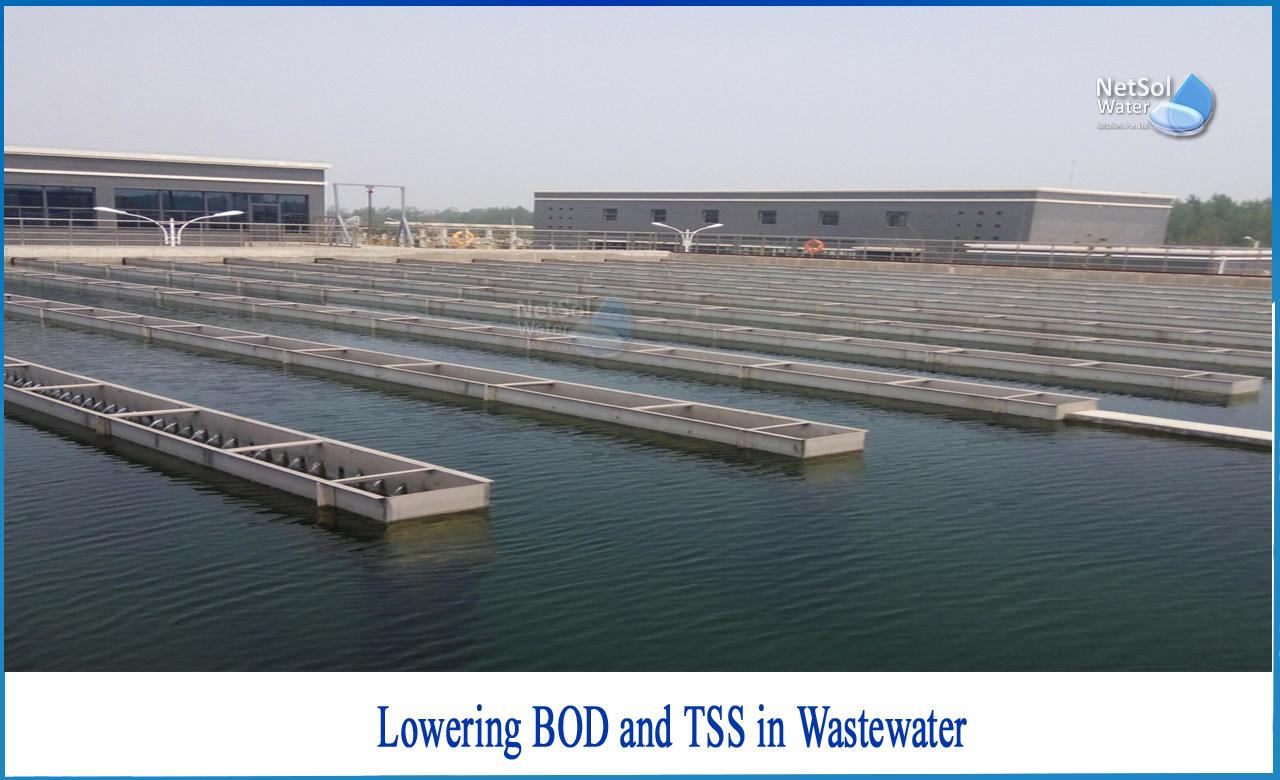How to Lowering BOD and TSS in wastewater?
Many food processing companies, breweries, and even restaurants have problems with the water discharged to local sewage treatment plants. Many facility managers are familiar with the term FOG (Fat Oil and Grease), but are you familiar with the wastewater problem that arises from BOD and TSS?
First, let's define some terms
Biochemical Oxygen Demand (BOD) is a measure of the nutritional value of wastewater.
Total Suspended Solids (TSS) is a measure of suspended solids in wastewater.
Generally, the BOD and TSS of domestic wastewater is about 150 mg/L. Food processing companies and breweries can use wastewater with a BOD of approximately 10,000 mg/L and a TSS of 5,000 mg/L.
To remove BOD, the sewage treatment facility needs to aerate the water. This requires a large amount of power, also known as electricity. The higher the BOD, the more sludge you need to dispose of. High levels of TSS can clog or even wash pipes and machines. It can also cause many problems for river health and aquatic life. The city's sewage authorities are taking strict measures against plants that have too much "waste" in their water due to pollution of their sewage treatment facilities and the environment.
Important measures in waste water
The most important measures for wastewater treatment are total suspended solids (TSS) and biochemical oxygen demand (BOD). You may already know that there are some important reasons why you need to manage TSS and BOD:
1-TSS/BOD values ??should comply with government environmental regulations.
2-High levels of TSS can be seriously harmful to wildlife, making water inedible and endangering human health.
3-Elevated TSS levels can damage wastewater equipment and affect its efficiency and operation.
4-High BOD can damage or kill aquatic life.
Fortunately, there are several effective ways to manage BOD and TSS. These are best practices for reducing BOD and TSS that facility managers should be aware of.
Water management
1. We will focus on removing TSS from wastewater. Reducing TSS will, in most cases, reduce BOD as well. Mostly, mechanical sieves such as rotary strainers and rod sieves are used to remove large solids. It can also protect downstream dissolved air levitation (DAF) equipment from damage and clogging.
2. Get a big EQ tank. Changes in flow and load factor can cause coagulant supercharging or under-feeding. A properly sized EQ tank will help you balance flow and charge. This also helps to properly size the polymer make down feeder and reduce initial costs.
3. Controls the pH of the waste flow. Effective wastewater treatment chemistry has the most efficient and optimal pH window.
4. Install the DAF plate packs made of stainless steel or plastic. The plate package DAF improves TSS removal rate. It also reduces the DAF footprint and increases flow and load tolerance.
5. Use a turbine regenerative air melting pump. Turbine regenerative aeration pumps use minimal power to dissolve air in water and produce 20–30-micron bubbles. These are necessary for efficient DAF treatment.
6. Get a DAF to clean yourself. The high-speed DAFs need to be disassembled and cleaned approximately every two weeks. Also, without cleaning, you may face clogging, solids separation problems, increased chemical supplies, and increased TSS.
8. Use a flow-proportional weighing and replenishment system. Even if you use an EQ tank of the right size, you still need to use a flow proportional dispensing system to compensate for the flow cycle. This improves consistency, improves overall treatment removal, and reduces chemical consumption.
9. Properly find and test chemical injection points. Ideally, the coagulant should be injected as upstream as possible first. Here, the wastewater comes from the EQ tank upstream of the transfer pump. Inject the polymer into the opening of the flocculator tube. A sample tap is required before the polymer infusion connection to confirm the coagulant dose for the formation of needle flakes
10. Use the correct size DAF equipment. There are many things you can do with chemical treatment. If the DAF or chemical feeder is too small, the TSS removal rate will be reduced, and the chemical program will fail.
Companies are constantly increasing production and flow, so you need to size your equipment with potential increases in mind. Many of these issues have nothing to do with chemical programs. These are the result of malfunctions in the operation or maintenance of DAF equipment.
Conclusion
Netsol Water and their technologies can support efforts in this area. Most water flows through certain drains before leaving the facility. We are STP/ETP specialists. Our professional fab shop can design and manufacture almost any STP/ETP you need. We work with leading manufacturers around the world to solve your sewage and drainage problems. Look around our website or call us if we can help you.
Netsol Water is Greater Noida-based leading water & wastewater treatment plant manufacturer. We are industry's most demanding company based on client review and work quality. We are known as best commercial RO plant manufacturers, industrial RO plant manufacturer, sewage treatment plant manufacturer, Water Softener Plant Manufacturers and effluent treatment plant manufacturers. Apart from this 24x7 customer support is our USP. Call on +91-9650608473, or write us at enquiry@netsolwater.com for any support, inquiry or product-purchase related query.



